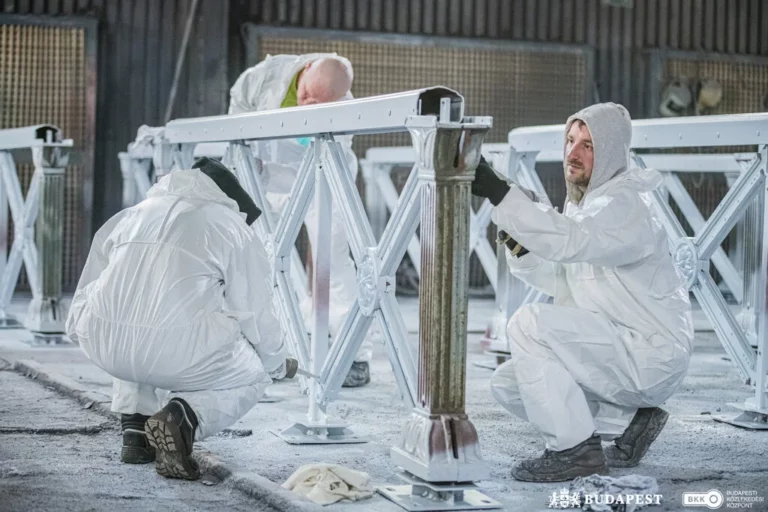construction
Hungary’s industrial production has fallen, but we are better at something

The Hungaroring race track will be completely renewed by 2026

Fourth motorway between Hungary and Romania to be completed by 2030

Fidesz billionaire, one of Hungary’s richest, builds a stadium in Slovakia

Hungary’s new home construction booming in these regions

VIDEO: Tens of thousands of Hungarians will get a new metro

PHOTOS: Budapest downtown receives futuristic new sports park

PHOTOS, VIDEO: Archduke Joseph’s Palace in the Buda Castle will look astonishing

PHOTOS, VIDEO: Budapest’s new waterfront residential area under construction

SPECTACULAR PHOTOS: Boats helping Budapest’s Chain Bridge revamp

VIDEO, PHOTOS: New Danube bridge to be built in Hungary

Building battery plants in Budapest to require residents’ approval

Hungary’s construction sector output down, industrial output up

Hungary becoming a battery superpower: is it a good idea?

PHOTOS: Budapest’s emblematic train station is being renewed

PHOTOS: BMW factory under construction in Debrecen, Hungary

PHOTOS: Construction of the New National Gallery in Budapest can start soon

PHOTOS: Budapest Chain Bridge renovation reaches a milestone, new handrails presented





 ZH
ZH IT
IT DE
DE HR
HR NL
NL FR
FR JA
JA RO
RO RU
RU ES
ES TR
TR
